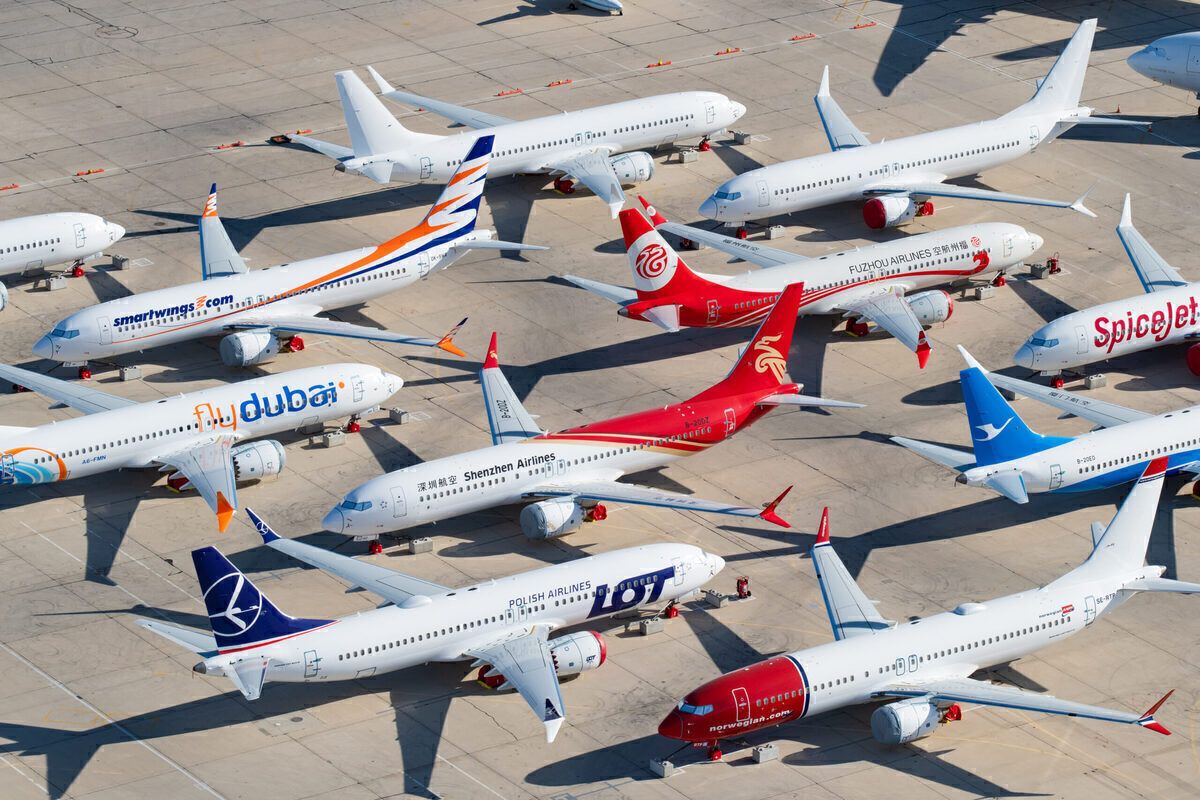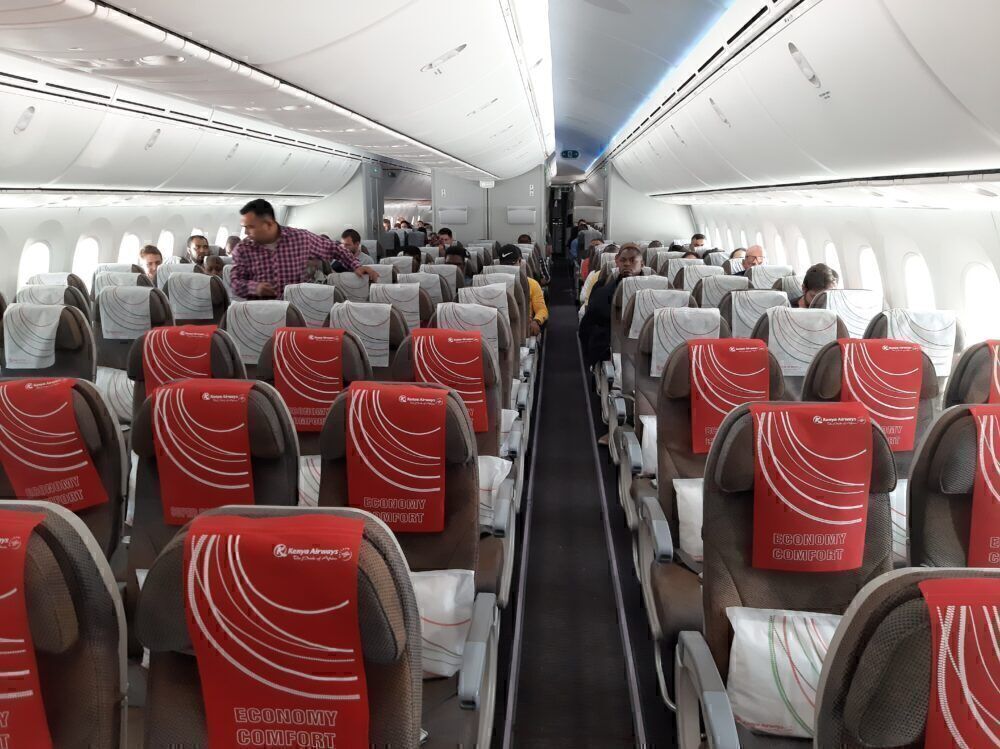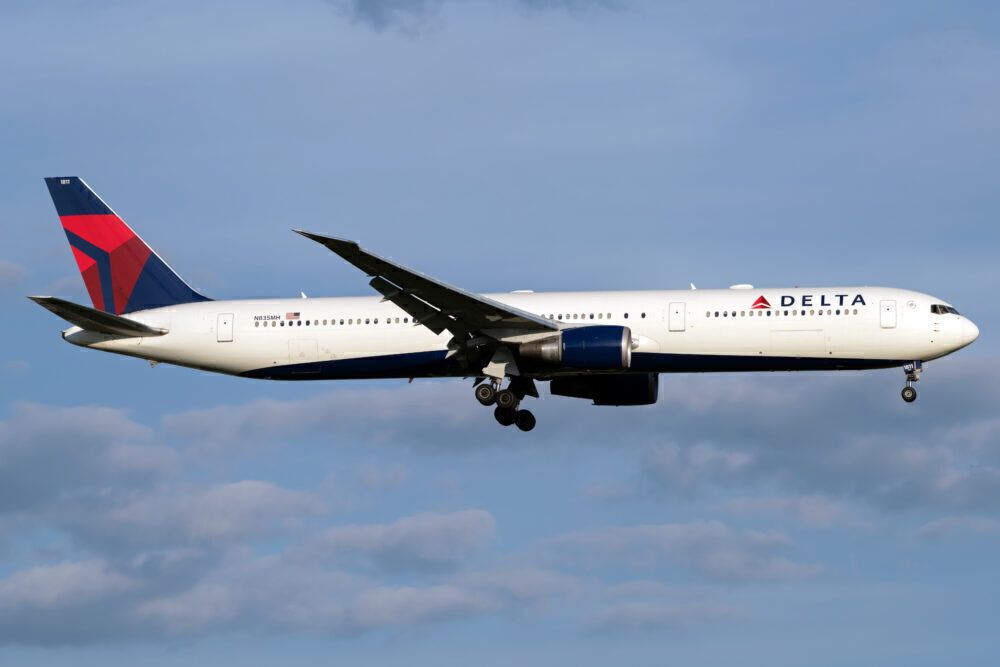On Wednesday, the US Centers for Disease Control and Prevention (CDC) published research stating that operating planes full to capacity increases the chances of onboard transmission of COVID-19. Blocking the middle seat could reduce the risk by as much as 57%.
Weighing confidence vs. costs
One of the greatest contentions for airlines during the pandemic has been the middle seat. To block or not to block, that has been the question. On the one hand, promising customers that they will have more space between them and their next-seat neighbor inspires confidence and trust, not to mention possibly preventing further spread of coronavirus.
On the other, reducing load factors to about 60% is no commercial carrier's dream scenario. Southwest estimated last year that its middle seat block would end up costing the airline over $100 million in 2020.
There has also been much debate on whether or not blocking out the middle seat actually helps prevent onboard transmission of COVID-19. However, according to the study released on Wednesday, keeping the middle seat free could significantly reduce the risk of coronavirus exposure.
Stay informed: Sign up for our daily and weekly aviation news digests.
Risks reduced by 23% to 57%
Researchers from the CDC and Kansas State University compared potential exposure to COVID-19 on both narrowbody and widebody commercial aircraft when middle seats were empty and when the flight was full. The research was conducted in November last year, and its report states that,
"Based on laboratory modeling of exposure to SARS-CoV-2 on single-aisle and twin-aisle aircraft, exposures in scenarios in which the middle seat was vacant were reduced by 23% to 57%, compared with full aircraft occupancy, depending upon the model."
Findings are in line with what investigators found after 16 people became infected with coronavirus following a ten-hour flight in March 2020. A study came to the conclusion that 75% of those who became ill were seated within two rows of a passenger who was symptomatic.
Middle seat controversy
The policies on middle seats have differed widely. In April 2020, Ryanair's Michael O'Leary famously called the move 'idiotic' and said he would refuse to fly his planes if they would be forced to block the middle seats. Meanwhile, rival European low-cost carrier easyJet was prepared to do so because it believed it was what customers would like to see.
Final US seat-blocking policy expires next month
In the US, airlines such as Southwest, Alaska Airlines, and JetBlue blocked the middle seat during fall. The only carrier still to do so Delta Air Lines is set to withdraw the policy by the beginning of May.
Other carriers, such as American and United, never blocked out the seat but did inform passengers if they would be traveling on a full flight, with an option to change their itinerary. Those who have foregone the practice have cited other research which has shown that the risk of contagion is minimal if passengers wear a face mask.
Some airlines have taken to letting passengers pay extra to keep the middle seat next to them empty. German budget airline Eurowings is selling them for $12. In April last year, Chinese carrier Air Changan let people buy up to eight additional seats, creating a social distancing perimeter around themselves.
Does this research change how you view the question of the empty middle seat? Tell us how you feel about it in the comment section.



